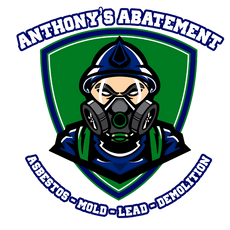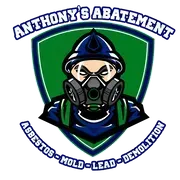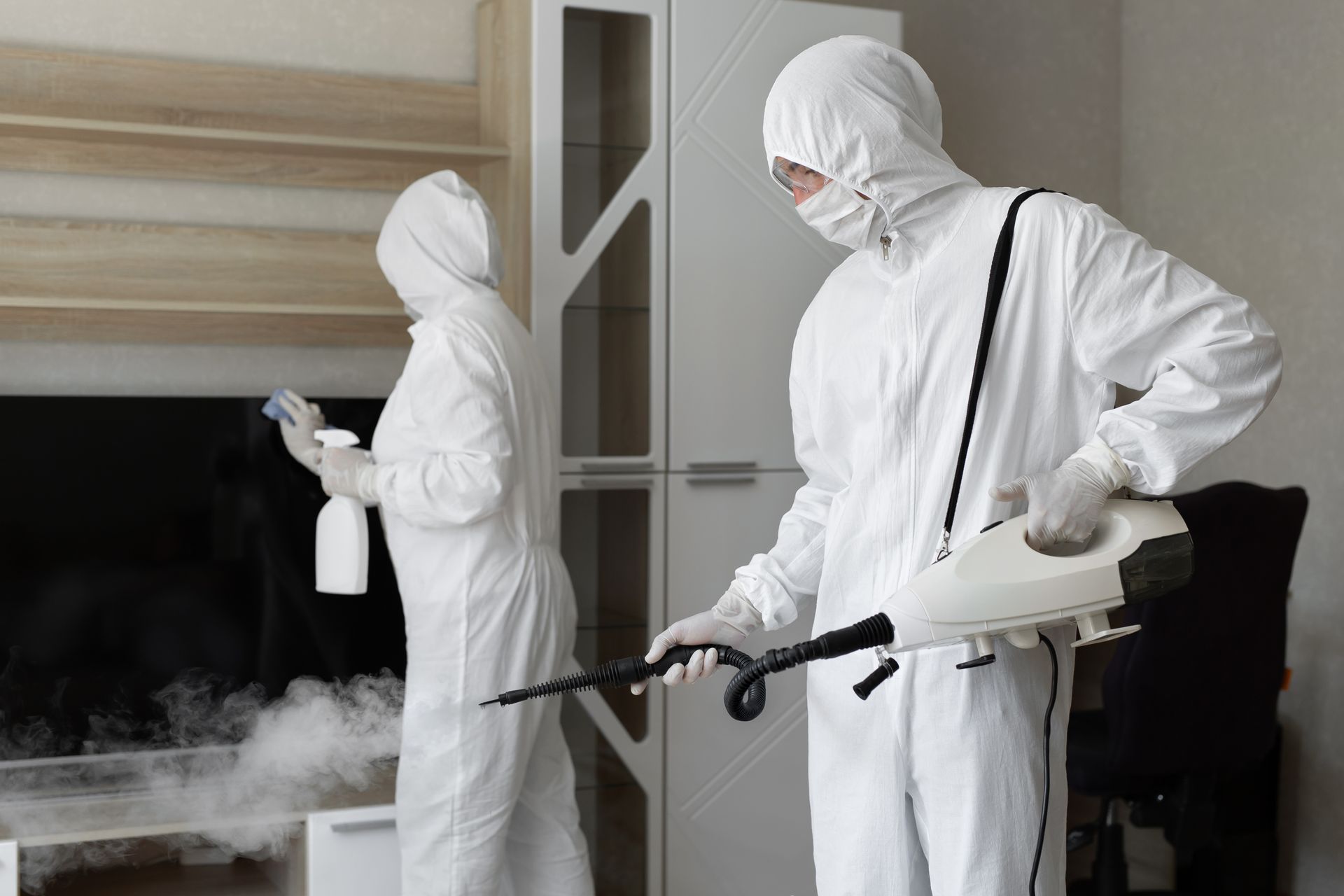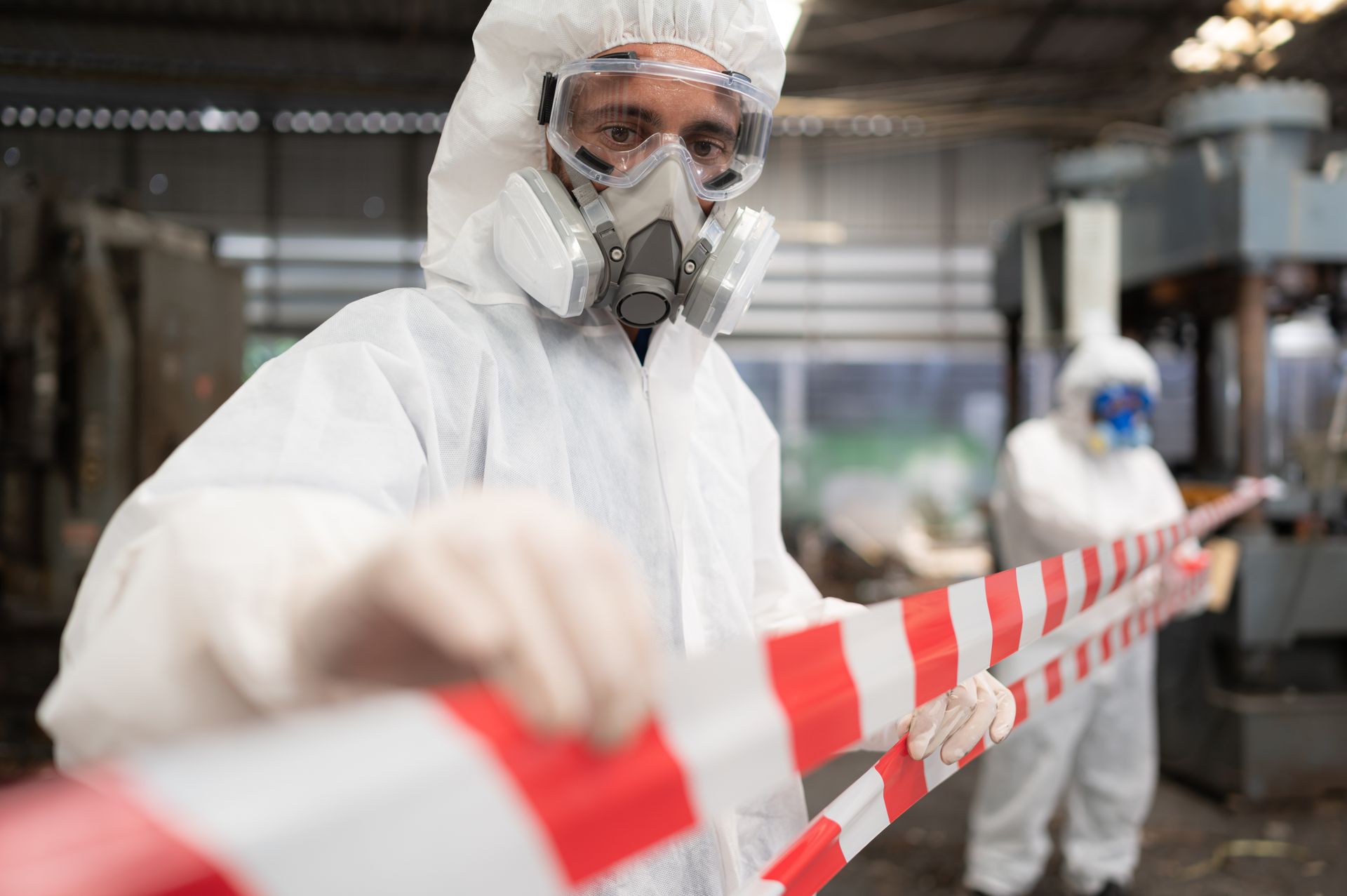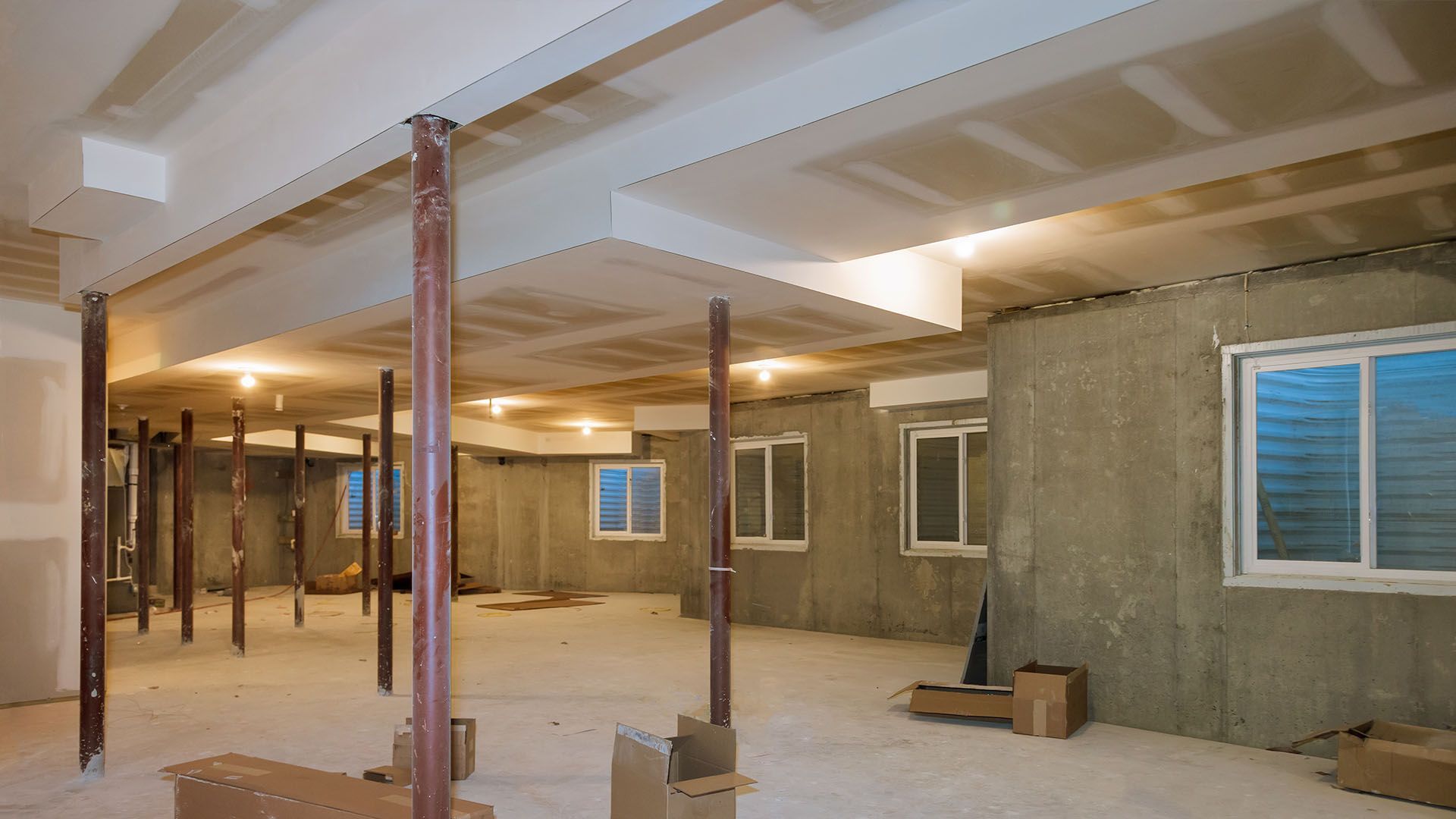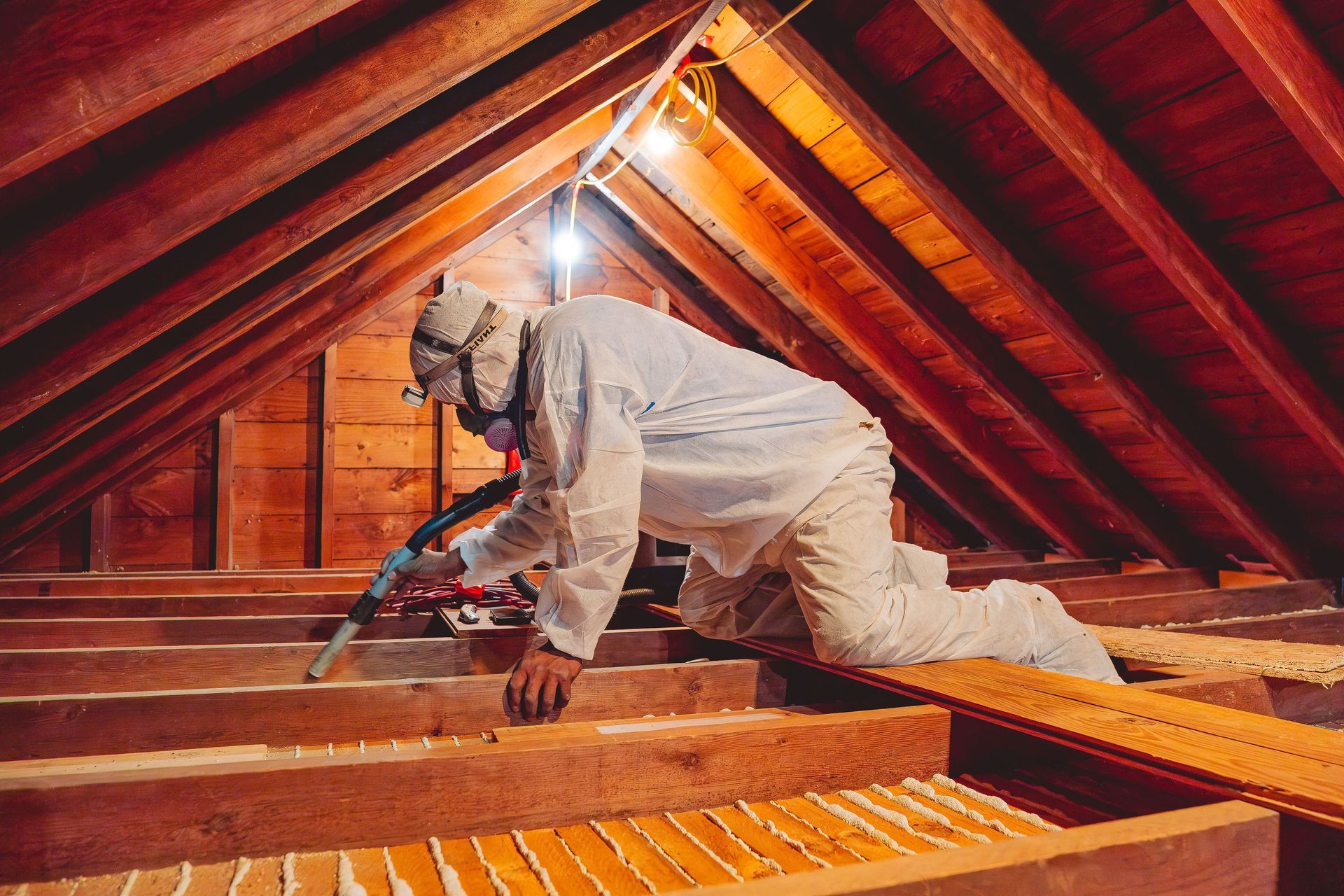How to Identify and Handle Asbestos in the Walls Safely
Concerned about asbestos in the walls of your home? Asbestos is commonly used in older buildings, but it can be dangerous if disturbed. This guide will help you identify asbestos in your walls, understand the risks, and learn how to handle it safely.
Key Takeaways
- Asbestos is commonly found in insulation, joint compounds, and decorative materials of homes built before the 1980s, necessitating cautious renovation practices.
- Professional testing is essential for confirming the presence of asbestos, as improper handling can lead to serious health risks, including respiratory diseases.
- Homeowners must comply with EPA and local regulations when managing asbestos to ensure safety and legal compliance during renovations.
Common Locations for Asbestos in Walls
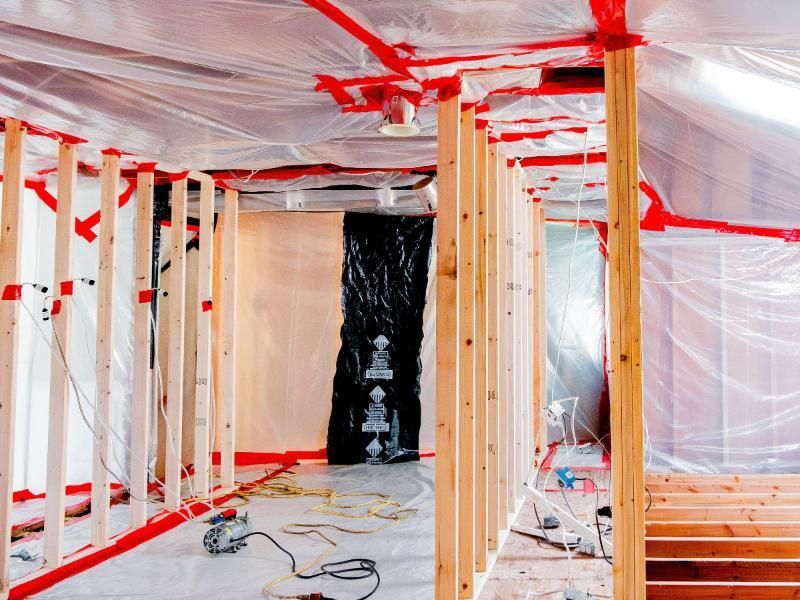
Asbestos was a popular building material due to its fire resistance and durability. Unfortunately, this means it can be found in various places within older homes, often with asbestos fibers embedded in the materials. It is crucial to identify asbestos to ensure safety during renovations.
Identifying common locations is key to managing asbestos safely.
Asbestos Insulation
Asbestos insulation was commonly used for its heat resistance and strength, especially in older homes. It can often be hidden in wall cavities, attics, and around pipes. Homes built before the 1980s frequently feature asbestos insulation in walls and ceilings, creating a hidden hazard many homeowners may not be aware of. Additionally, vermiculite insulation, often found in attics, may contain asbestos fibers, making it crucial to scrutinize these areas.
Older mobile homes and apartments are also likely to contain asbestos insulation due to the construction materials used during that era. Given this prevalence, professional asbestos testing is critical for avoiding exposure in these environments.
Joint Compounds and Plaster
Joint compounds and plaster are other common places where asbestos can be found. Before the 1980s, asbestos was added to these materials to enhance their durability and ease of application. Typically, plaster walls contained asbestos in amounts ranging from 1% to 5%, enough to be classified as asbestos-containing materials.
This makes identifying asbestos in older homes especially important to prevent accidental exposure during renovations.
Decorative Materials
Asbestos was also used in decorative materials such as popcorn ceilings and textured wall finishes. These materials were popular for their fireproofing properties and aesthetic appeal. Popcorn ceilings, in particular, are a common feature in homes built before the 1980s and can release asbestos fibers if disturbed.
Keeping these materials intact and undisturbed helps prevent asbestos exposure.
Signs Your Walls May Contain Asbestos

Detecting asbestos in your walls involves understanding the building’s age and renovation history, as well as looking for visual indicators. Homes built before 2000 are more likely to contain asbestos due to its widespread use in construction materials.
Building Age and Renovation History
If your home was built or renovated before 2000, it likely contains asbestos. Asbestos was a common component in building materials from the 1930s to the 1970s, peaking in use during the 1960s and 1970s.
Renovations post-2000 might have included asbestos removal, so checking construction records and renovation history can clarify what materials were used.
Visual Indicators
Visual clues can help identify potential asbestos-containing materials. Textured or uneven surfaces, like dimpling similar to a golf ball, can suggest the presence of asbestos. Popcorn ceilings, typically found in entryways and bedrooms, are another indicator.
However, visual inspection alone is not sufficient to confirm asbestos presence; professional testing is required.
Health Risks of Asbestos Exposure

The severe health risks of asbestos exposure necessitate careful handling of any suspected asbestos materials. Asbestos fibers, when disturbed and inhaled, can lead to serious asbestos related diseases.
How Asbestos Fibers Affect Health
Inhaling asbestos fibers can cause significant damage to lung tissue, leading to serious respiratory diseases over time. These microscopic asbestos fibers can become lodged in the lungs, causing conditions such as mesothelioma, asbestosis, and lung cancer. Symptoms might take decades to appear, making early detection and prevention vital.
Repeated high-intensity exposure increases the likelihood of developing these conditions. Smokers exposed to asbestos are at an even higher risk of lung cancer. There is no safe level of asbestos exposure, underscoring the importance of strict safety measures.
Who Is at Risk?
Certain groups are at higher risk of asbestos exposure, particularly those involved in construction and DIY renovations. About 20% of workers heavily exposed to asbestos develop related conditions. Awareness and safety training are essential for these high-risk groups to reduce exposure risks.
Testing for Asbestos in Walls

Testing is the only definitive way to confirm the presence of asbestos in walls.
This section covers professional asbestos testing and the process of collecting asbestos samples safely.
Professional Asbestos Testing
Licensed asbestos professionals should be hired to ensure accurate and safe testing. These professionals are trained to handle asbestos materials safely and can conduct thorough inspections, take samples, and assess the condition of potential asbestos materials.
Despite the higher upfront cost, professional testing is a necessary investment to avoid severe health risks and potential legal consequences.
Collecting Asbestos Samples
Asbestos samples should only be collected by trained professionals to prevent the release of tiny asbestos fibers. They use specific methods to minimize fiber release, ensuring the safety of everyone in the vicinity.
Homeowners should not attempt to collect samples themselves to prevent exposure.
Handling Asbestos in Walls
Handling asbestos in walls properly means either containing or removing it through trained professionals. These methods highlight the importance of professional assistance.
Containment vs. Removal
If the materials are in good condition, containment might be sufficient.
However, if they are damaged, removal by a professional is necessary to ensure safety.
Hiring Licensed Asbestos Abatement Professionals
Licensed asbestos abatement professionals ensure safe removal and regulatory compliance. An asbestos abatement professional has the training and equipment to handle asbestos safely and adhere to regulations.
Homeowners should never attempt to remove asbestos on their own due to the severe health risks and potential legal consequences.
Safety Precautions When Dealing with Asbestos
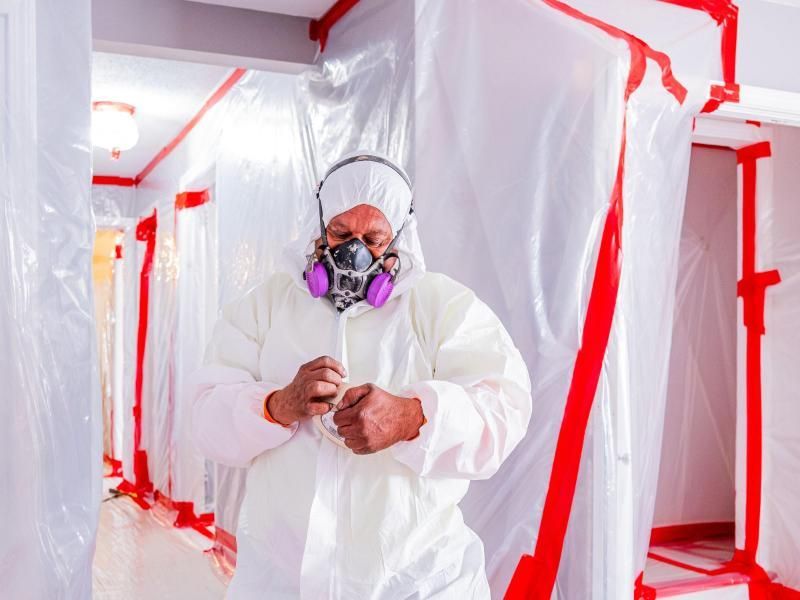
Taking safety precautions is essential when dealing with asbestos to minimize exposure risks. This section covers general safety tips and the necessary protective equipment.
Avoiding Asbestos Exposure
Homeowners should not disturb materials that may contain asbestos and should hire professionals for repairs and renovations to avoid exposure.
Using wet mopping or a HEPA vacuum cleaner for cleaning can also help minimize dust that may contain asbestos fibers.
Protective Equipment
When dealing with asbestos-containing materials, wearing personal protective clothing, including respirators, is essential. Respirators should remain on until contaminated clothing is removed for safety.
Legal Regulations and Compliance
Understanding and complying with legal regulations regarding asbestos management is crucial for safety and environmental protection.
This section covers federal and local regulations.
EPA Guidelines
The Environmental Protection Agency (EPA) outlines specific guidelines for handling, removing, and disposing of asbestos-containing materials. These guidelines are designed to protect public health and prevent asbestos exposure during renovations and demolitions.
Local and State Regulations
In addition to federal guidelines, there are local and state-specific regulations that must be followed when dealing with asbestos. These regulations can vary significantly across different jurisdictions, making it essential to understand and comply with local requirements.
Summary
This guide provides essential information on identifying and handling asbestos in walls safely. Key takeaways include the prevalence of asbestos in homes built before the 1980s, the importance of professional testing, and compliance with EPA and local regulations. The blog details common locations for asbestos such as insulation, joint compounds, and decorative materials like popcorn ceilings. It also highlights signs your walls may contain asbestos, the severe health risks of exposure, and the necessity of professional asbestos testing and abatement. Safety precautions and legal regulations are also discussed to ensure homeowners manage asbestos safely and legally during renovations.
